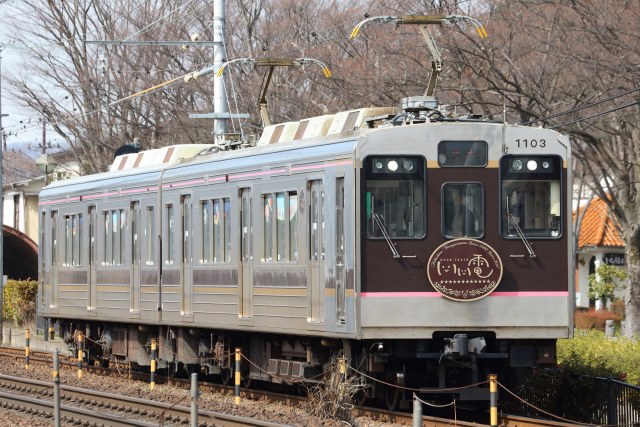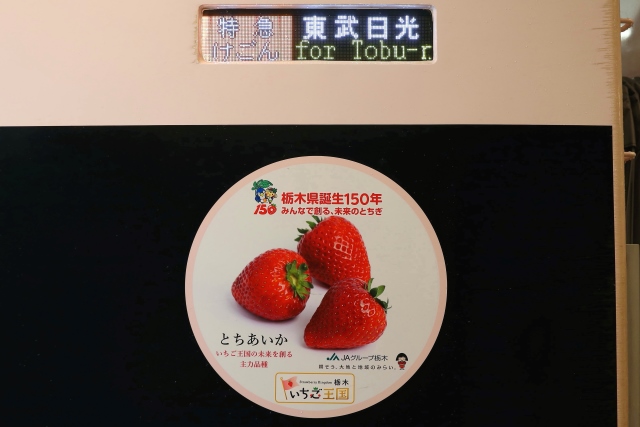This year's sakura (cherry blossom) season has long since passed in the metropolitan area, but I continue posting this topic for the time being.
A wide variety of sakuras are seen on the Odakyu lines ranging from famous spots such as Senbonzakura to nameless trees in my neighborhood. This year, I visited Zama City in Kanagawa Prefecture, about 50 kilometers southwest of Tokyo. I got off at Sobudaimae station on the Odakyu-Odawara line, and headed southwestward. Ten minutes later, I found that old sakura trees in full bloom formed a line on both sides of the track. Spring was in full swing!
Standing at the end of the overpass, I could observe many kinds of trains passing by sakura trees. One of the gains was a vermillion-colored train, the EMU 70000 series, also known as Romance Car "GSE (Graceful Super Express)". Actually, that was the first time for me to observe the roof of GSE. I found that the air-conditioners are beautifully integrated with the roofs. There are three air-conditioners on the head car, which look like a part of the roof. One of those air-conditioners is used for the driver's room, which is located on the second floor. GSE is generous to drivers as well. On the other hand, two separate air-conditioners are seen on the edges of the middle cars. It looks good as the roofs are neat and tidy. It was unexpected to find the train roof like this. Trainspotting is indeed interesting, isn't it?









































